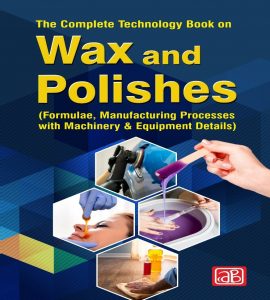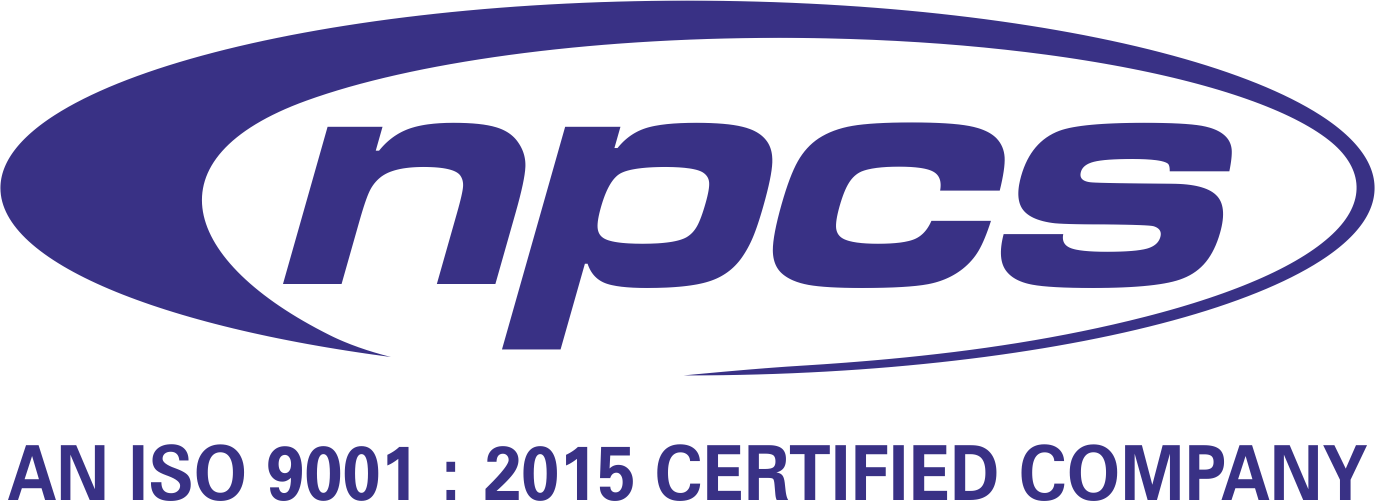
The business of wax and polishes stands as a reliable and profitable venture across various sectors, including automotive care, furniture maintenance, shoe manufacturing, floor treatments, and even the cosmetic industry. As demand for surface enhancement, protection, and aesthetic appeal rises, the market for waxes and polishes continues to expand, offering lucrative opportunities for manufacturers, resellers, and exporters.
Waxes and polishes serve as essential finishing products that not only protect surfaces but also improve their shine and longevity. Whether for metal, leather, wood, or skin, consumers and industries alike depend on effective polishing solutions. With a relatively low barrier to entry and broad customer base, the wax and polish business is an excellent option for entrepreneurs looking to establish a sustainable and scalable manufacturing or distribution operation.
Scope and Market Potential of Wax and Polish Products
The wax and polish business benefits from consistent demand across both domestic and industrial sectors. Automotive detailing services use high-performance waxes for paint protection and shine, while furniture manufacturers and homeowners seek wood polishes to maintain finish and texture. Additionally, floor polishes are used in hospitals, hotels, commercial buildings, and schools to preserve cleanliness and aesthetic standards.
According to market research reports, the global polish and wax market is expected to grow steadily, driven by increasing consumer awareness about maintenance, durability, and presentation. Furthermore, eco-friendly, water-based, and biodegradable polish products are gaining popularity, opening new niche segments.
Visit this Page for More Information: Start a Business in Wax and Polish Industry
Key Product Categories in Wax and Polish Business
1. Automotive Wax and Polish -Business of Wax and Polishes
Car waxes and polishes form the largest market segment. These products enhance vehicle shine, protect the paint from oxidation, and repel dust and water. Demand for ceramic and synthetic waxes has surged with the rise in car detailing services.
2. Furniture and Wood Polish
Furniture waxes and polishes are applied to tables, chairs, cabinets, and wooden flooring to maintain sheen and prevent moisture absorption. Natural waxes like beeswax and carnauba are especially preferred for antique wood restoration.
3. Shoe Polish
Shoe polish is an evergreen product used for leather shoes and boots. It comes in various forms including wax paste, cream, and liquid polish, providing nourishment, waterproofing, and color restoration.
4. Floor Polish
Commercial and residential establishments use floor wax and polish for maintenance and to create slip-resistant, glossy surfaces. These products are essential in facility management.
5. Cosmetic Wax
Paraffin and beeswax are widely used in cosmetic formulations such as lip balms, lotions, and hair removal wax. This segment continues to grow with the rise in personal grooming.
Related Business Plan: Wax and Polish, Wax
Starting the Wax and Polish Manufacturing Business
To succeed in the business of wax and polishes, one must develop a clear strategy that includes product development, sourcing of raw materials, compliance with safety standards, and distribution.
1. Product Formulation and Research
Formulating an effective wax or polish requires a basic understanding of chemistry. The formulation typically includes waxes (natural or synthetic), solvents, oils, emollients, fragrances, and colorants depending on the end-use. R&D can help create specialized variants like water-resistant, scented, or eco-friendly polishes.
2. Procurement of Raw Materials
Key raw materials for manufacturing include:
-
Natural waxes (carnauba, beeswax, candelilla)
-
Synthetic waxes (polyethylene wax, paraffin)
-
Solvents (turpentine, petroleum distillates, water)
-
Additives (emulsifiers, preservatives, perfumes)
Establishing reliable supplier networks ensures consistent production.
3. Equipment and Infrastructure
Setting up a wax and polish production unit involves:
-
Mixing vessels
-
Heating equipment
-
Homogenizers
-
Filling and packaging machines
-
Labeling units
Adequate ventilation and fire safety systems are critical due to the use of flammable ingredients.
4. Packaging and Branding
Packaging must be durable, leak-proof, and visually appealing. The label should include usage instructions, safety precautions, ingredients, and compliance markings. Branding is a major driver of success in this industry, especially for consumer-facing products.
5. Legal Compliance and Quality Control
Comply with relevant health and safety regulations like BIS (Bureau of Indian Standards) for polish quality, MSDS (Material Safety Data Sheet), and environmental norms. Quality control checks must monitor consistency in texture, shine, drying time, and fragrance.
Read Similar Articles: WAX AND POLISH INDUSTRY
Marketing and Distribution Strategy
Marketing is a key driver for the wax and polish business. With both B2B and B2C customer bases, you can sell your products through:
-
Retailers and wholesalers
-
Automobile workshops and service centers
-
Furniture showrooms and carpenters
-
Online marketplaces (Amazon, Flipkart)
-
Export channels and industrial buyers
Engaging packaging, digital marketing campaigns, and offering free samples or trial kits can significantly boost visibility and consumer trust.
Click here to send your queries/Contact Us
Challenges and Solutions
Challenges:
-
Competition from established brands
-
Volatile raw material prices
-
Storage and flammability issues
-
Consumer loyalty to legacy brands
Solutions:
-
Focus on product innovation (e.g., eco-friendly, multi-purpose)
-
Maintain strict quality and consistency
-
Offer competitive pricing and bulk deals
-
Build a strong digital presence
Related Feasibility Study Reports: Wax and Polish
Opportunities for Growth and Expansion
The wax and polish industry offers scope for:
-
Contract manufacturing for established brands
-
Private label production for retailers and eCommerce companies
-
Eco-friendly alternatives with biodegradable ingredients
-
Customized products for luxury car showrooms, boutique hotels, and premium furniture stores
Scaling operations to include export potential can further enhance profitability. Countries in Africa, the Middle East, and Southeast Asia have growing demand for affordable maintenance products.
Read our Books Here: Read Our Books & Databases
Conclusion
The business of wax and polishes is a high-potential, evergreen industry with broad applications across automotive, home care, footwear, and personal care sectors. With manageable startup costs, wide product variety, and strong market demand, entrepreneurs can build a successful and sustainable business. By focusing on product quality, market trends, safety standards, and smart branding, you can secure your position in this competitive and profitable space.
Click here to send your queries/Contact Us
See More Links:
- Start a Business in Asia
- Start a Business in Potential Countries for Doing Business
- Best Industry for Doing Business
- Business Ideas with Low, Medium & High Investment
- Looking for Most Demandable Business Ideas for Startups
- Startup Consulting Services
- Start a Business in Africa
- Start a Business in India
- Start a Business in Middle East
- Related Videos
- Related Books
- Related Projects
- Related Market Research Reports





